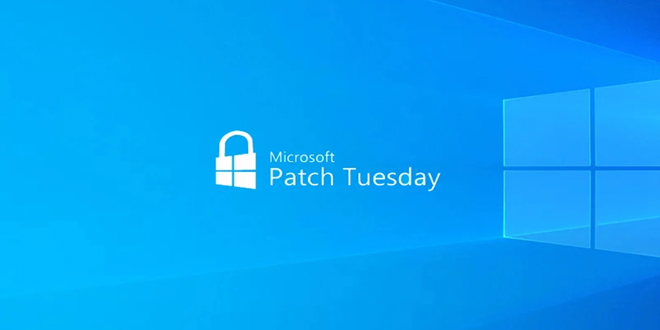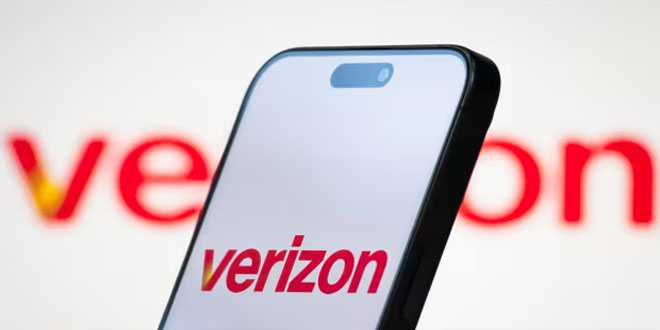Microsoft patched September 2024 Tuesday addressing 79 vulnerabilities, including four actively exploited zero-days which covers critical flaws in Windows Installer, MoTW, Publisher, and Windows Update.
Those flaw are mentioned in September 2024 patch Tuesday are rated as critical, most of which were either remote code execution (RCE) or elevation of privileges (EoP) flaws.
Highlighting Critical Vulnerabilities:
1. Actively Exploited Vulnerabilities:
CVE-2024-38217 – Windows Mark of the Web (MoTW) Security Feature Bypass Vulnerability:
This serious vulnerability lets attackers avoid security warnings that prevent users from opening files from untrusted sources. They can trick users into executing harmful files whiteout showing the usual security prompts. This issue has been associated with ransomware attacks, making it urgent to fix.
CVE-2024-43461 – Windows MSHTML Platform Spoofing Vulnerability:
This vulnerability allows attackers to fake legitimate web contend, facilitating phishing and data theft. It is similar CVE: 2024-38112, exploited by APT groups in zero-day attack. Because of ongoing exploitation of similar flaws, CVE: 2024-43461 is likely to be targeted in future attacks.
2. Zero-Day Vulnerabilities:
CVE-2024-43491 — Remote Code Execution in Windows Update:
This critical vulnerability could allow attackers to remotely execute code by exploiting weaknesses in the Windows Update process, gaining control of affected systems.
CVE-2024-38014 — Elevation of Privilege in Windows Installer:
This vulnerability allows attackers to gain elevated privileges by exploiting flaws in the Windows Installer, providing them with administrative-level access to compromised systems.
CVE-2024-38217 — Windows Mark of the Web (MoTW) Bypass Vulnerability:
Attackers can bypass the security mechanisms of MoTW, which are designed to alert users about harmful files downloaded from the internet, leading to unauthorized code execution.
CVE-2024-38226 — Microsoft Publisher Security Bypass:
This flaw allows attackers to exploit the security features in Microsoft Publisher, enabling them to execute malicious code by bypassing standard file protections.
Critical Vulnerabilities Fixed:
Seven vulnerabilities were marked as critical, primarily involving remote code execution (RCE) or elevation of privilege. These vulnerabilities include:
CVE-2024-43455: Windows Remote Desktop Protocol (RDP) RCE vulnerability, which could allow attackers to remotely execute code on a compromised system, gaining full control of the machine.
CVE-2024-43456 : Windows Kernel EoP vulnerability, allowing attackers to escalate their privileges on a targeted system, gaining administrative rights.
CVE-2024-43469 : A high-severity remote code execution vulnerability in Azure CycleCloud, allowing attackers to execute arbitrary code with limited privileges. It has a CVSS score of 8.8, making patching critical to prevent exploitation
Recommendations and Mitigation:
Given the critical nature of many of these vulnerabilities, especially the actively exploited and publicly disclosed flaws, Microsoft strongly recommends that organizations prioritize patch deployment.
Patch Management:
Enterprises should accelerate their patch management processes to mitigate risks associated with vulnerabilities like CVE-2024-38217 and CVE-2024-43461. These flaws are being actively exploited in the wild, posing substantial risks to unpatched systems.
User Education:
Beyond technical protection, users must be made aware of the dangers of interacting with untrusted files and websites. This is important in mitigating the MoTW and spoofing vulnerabilities discussed earlier.
The complete list of vulnerabilities, along with guidance on mitigation strategies, can be found here on Microsoft’s official September 2024 Patch Tuesday update.
 InfoSecBulletin Cybersecurity for mankind
InfoSecBulletin Cybersecurity for mankind














